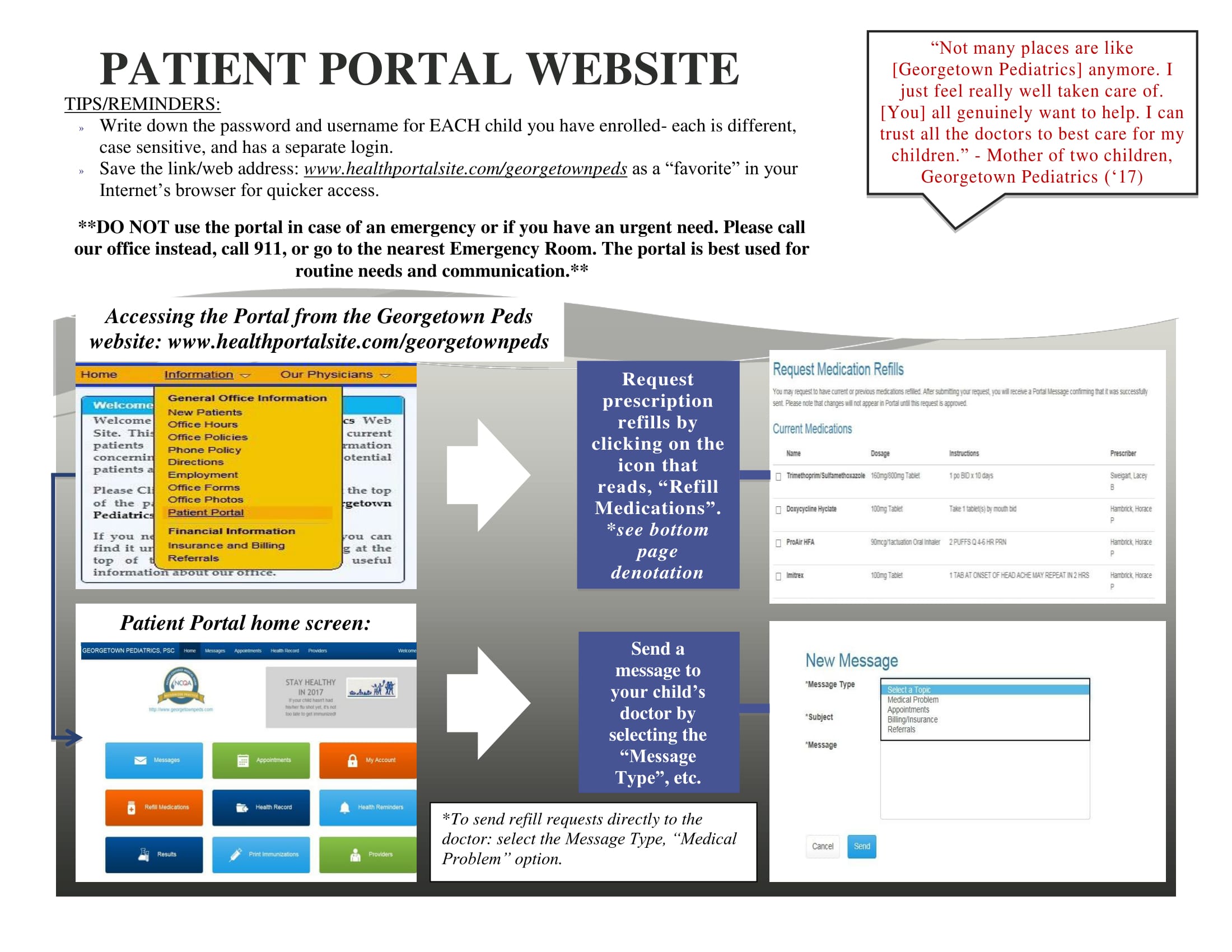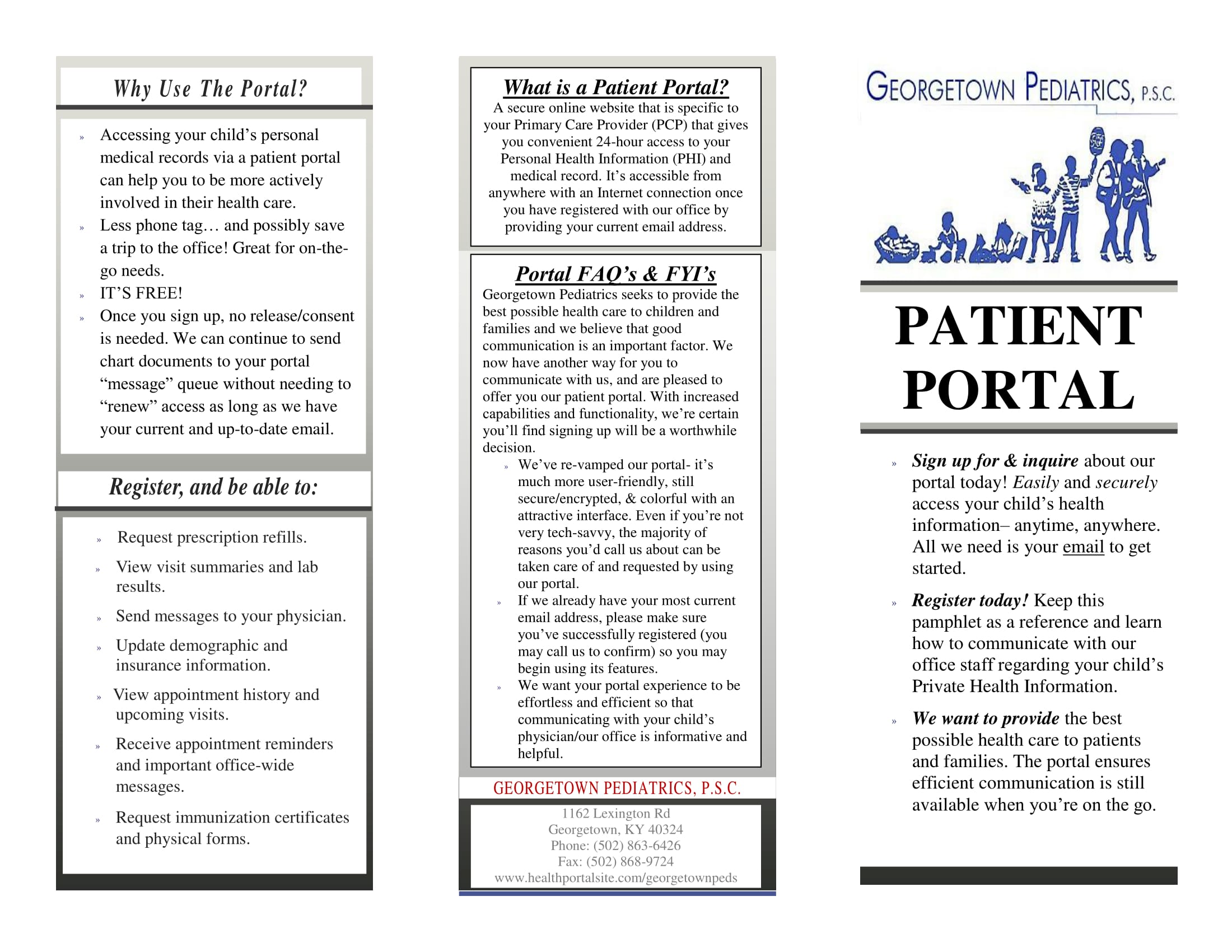If you’ve been listening to the news lately, you may have heard about the Hepatitis A outbreak in Kentucky. Over 300 people have been affected in an area that comprises several counties. Other states have also seen outbreaks. The source has yet to be confirmed, but some other recent outbreaks have been linked to tainted food.
Though it’s a highly contagious viral infection, Hepatitis A can be fairly easily prevented by getting vaccines and practicing good hygiene, like washing your hands.
There are several types of hepatitis. Here is a good article from the American Academy of Pediatrics that discusses Hepatitis A infections in children. According to the article, “Hepatitis symptoms tend to be similar from one virus type to another. Many of these symptoms are flu like, such as fever, nausea, vomiting, loss of appetite, and tiredness, sometimes with pain or tenderness of the liver in the right upper abdomen. A hepatitis infection is also associated with jaundice, a yellow discoloration of the skin and a yellowish color to the whites of the eyes. This is caused by inflammation and swelling of the liver with blockage and backup of bile (bilirubin) into the blood. This backup also usually causes the urine to turn dark orange and stools light yellow or clay colored. However, many children infected with the hepatitis virus have few if any symptoms, meaning you might not even know that your child is sick. In fact, the younger the child, the more likely she is to be symptom free. For example, among children infected with hepatitis A, only about 30% younger than 6 years have symptoms, and most of them are mild. Symptoms are more common in older children with hepatitis A, and they tend to last for several weeks.”
From the same article about how the virus is transmitted to children: “Hepatitis A is contracted when a child eats food or drinks water that is contaminated with the virus or has close contact with a person who is infected with the virus. Hepatitis A is present in the stool as early as 1 to 2 weeks before a person develops the illness. The infection can be spread in child care settings when caregivers do not wash their hands after changing the diaper of an infected baby or from infant to infant because most very young infants do not wash their hands or have their hands washed for them.”
Here’s the good news: Hepatitis A vaccines work! As a matter of fact, beginning with the 2018-19 school year, Kentucky will require all students K-12 to have received two doses of the Hepatitis A vaccine.
If your child is a patient at Georgetown Pediatrics and is at least one year old, we’ve already discussed this with you.
Are you unsure if your child’s vaccinations are up-to-date for the next school year? Give our office a call and we can access your vaccinations records.
Contact us if you’re concerned your child may have a Hepatitis A infection, or for all your other health care concerns.



